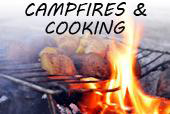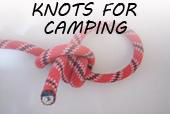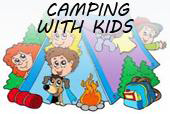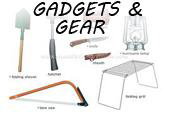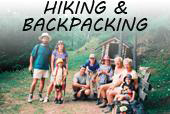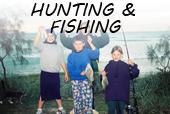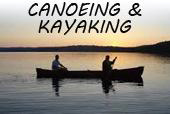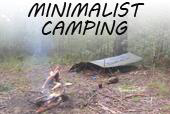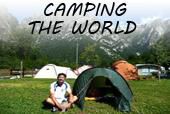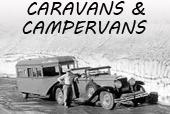Many first time campers fall into the trap of thinking that it is simple to build a camp fire. It actually is, but without the knowledge to do so, the camper may struggle with the task. Sometimes even seasoned campers can have difficulties with this. A well-built fire produces heat, and makes the camp cozy and fun.
Building a decent fire isn’t at all hard with the right knowledge, anywhere that there is a forest. There are some dos and don’ts though. There is also some basic information that is helpful to know in order to have the best and easiest experience possible.
To make it a lot easier, people can even make or buy fire starters that light quickly and produce enough heat to cause even wet would to burn. This can be quite an advantage during rainy or snowy weather.
For simplicity, we will assume that the camper is not using fire starters. If you do have them and still follow these steps, you should have no problem at all in starting a fire. Also note that in the Pacific Northwest, the trees are predominantly Pine, Fir, and Hemlock. Hardwoods like Oak, Maple, and Hickory are harder to get going though they usually burn longer.
First, lets talk about the sizes of firewood to clarify what we are talking about for the following steps.
Tinder: Tinder is very fine firewood, basically toothpick size or pieces not much thicker than cardboard. Tiny branches, for example, make good tinder provided that they are dry.
Kindling: Kindling is slightly larger, still easily burnable, but up to about 1″ in diameter. Kindling is usually split off of pieces of small wood.
Small wood: These are pieces of wood up to 3″ to 4″ in diameter. This includes stouter limbs and branches.
Logs: A log is wood up to 12″ in diameter. Logs usually consist of either very large limbs or small cut and seasoned trees.
Large Logs: This is wood over 12″ in diameter.
When gathering firewood, choose wood that is as dry as possible.
Do not use green wood if there is any other option. Green wood, or a living tree, will not burn well; it will just smolder and smoke. In almost all areas, it is also not necessary to cut living trees since there will usually be seasoned wood nearby that is easy to come by, without causing damage to the environment. Limbs, branches, and trees fall every year do to the rains, snows, and winds of winter.
Check the wood you select. If it is damp, especially in the middle, it will take a lot more heat to dry it out enough to burn properly.

